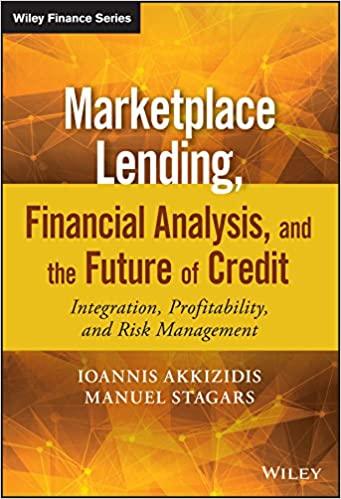Question
Hello, My question is simply: If somebody can understand WHERE he got $56,818.18 for PMT (Payment), we're done. All help appreciated. So this question asks
Hello,
My question is simply: If somebody can understand WHERE he got $56,818.18 for PMT (Payment), we're done.
All help appreciated.
So this question asks you to "show the effects of different investment asset mixes for retirement at age 60 and 65"
1) Retirement at 60, low return investment mix at 2%
Here are the benefits they can receive (data from online)
CPP: $1,134.17 x 12 months x 2 people
OAS: $596 x 12 months x 2 people
= $41,524.08
In retirement, they would like an after-tax income of $50,000 per annual.
= after-tax $25,000 for each person (husband and wife)
This is the average tax rate during retirement: $27,500 at 6.5% = $25,712
Which means they need: $55,000 ($27,500 x 2)
But they have from CPP+OAS = 41,524.08
GAP: $13,475.922 ($55,000 - $41,524. 08)
So next thing is:
N= 25 (60-35)
I/Y = 2%
PMT = 13,475. 92
PV = ? $263,096.54 (B)
This means that they must accumulate $263,096.54 by the time they reach age 60 to achieve their retirement goal
Everything from here I understand, but the following I dont:
The professor goes on:
If somebody can understand WHERE he got $56,818.18 for PMT, then we're done.
N= 5
PMT = $56,818.18
I/Y = 2%
PV = ? $267,810.2 (A)
Professor goes on...
N = 5
I/Y = 2%
FV = 263, 096.54 (B)
PV = ? $238, 294.64
A + B = $506,104.84 = RRSP

Step by Step Solution
There are 3 Steps involved in it
Step: 1

Get Instant Access to Expert-Tailored Solutions
See step-by-step solutions with expert insights and AI powered tools for academic success
Step: 2

Step: 3

Ace Your Homework with AI
Get the answers you need in no time with our AI-driven, step-by-step assistance
Get Started


